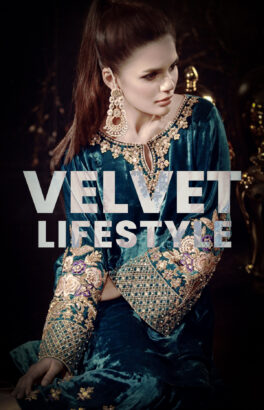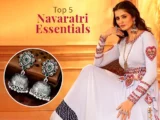
All About Jamdani Print
Jamdani, an expression of Persian beginning, is a blend of the words ‘Jam’ and ‘Dani’ significance bloom and container individually. This weave done by lingering on brocade is a tedious interaction and is a mix of figures and botanical themes. Jamdani otherwise called muslin fabric has a wind of the common dark and white, and now and again a combination of cotton and gold string.
Beginning and History
Early notices of Jamdani were in the book ‘Arthashashtra’ (book of financial matters) by an antiquated market analyst – Kautilya, tracing back to 300 AD.
There are recorded references from the early and late nineteenth century by James Taylor and T.N Mukharji individually, alluding to it as figured or bloomed Jamdani and Jamdani muslin. Worldwide, it was probably the best muslin known. As soon as the ninth-century Arab geographer Solaiman makes reference to this texture in his book Sril Silat-ut-Tawarikh being delivered in Rumy which is advanced Bangladesh. The brilliant age of the Dhaka muslin started in the seventeenth century with the Mughal rule. Exchanging of Jamdani in Europe, Iran, Armenia flourished. The Mughals and Pathans followed after accordingly, and it was viewed as a top choice of sovereignty.
The weavers had to sell their work at lower costs. Then, at that point, the East India Company started purchasing the materials straightforwardly from the weavers to stop the abuse. From a high place of product of Dhaka muslin worth Rs. 3 million to England in 1787, the commodities consistently declined and halted totally in 1817.
Origin and Inspiration
After Mughal support and the subsequent decrease, this extraordinary wind around still keeps on being popular because of its polish and imaginative completion. An uncommon show-stopper of stunning excellence, Jamdani’s work stands its ground among other impeccable articles of clothing. Jamdani textures are esteemed to be gifted. When fine to the point of going through a ring a Jamdani’s impact is one of a gleaming surface flung with valuable gems!
The Making
Jamdani, as other conventional expressions are finished by men. Networks of craftsmen in Uttar Pradesh and West Bengal in India and at Rupgang, Sonargaon, Shiddhirganj ( Bangladesh), dominate in this imaginative expertise.
As opposed to utilizing karpas cotton, today weavers use Cotton and Silk mixes. Being a flexible texture, it very well may be either woven in full Silk or likewise with a mix of genuine gold/silver/valuable metal yarn. Jamdani is eco-accommodating as it is turned the hard way and foot devices. Some fashioner pieces can take up to 13 months to finish, with two full-time weavers. Banaras and Tanda in Uttar Pradesh and West Bengal separately, are a few spots for the winding of these sarees.
Jamdani sarees, because of their transparent nature, wrap perfectly and are graceful to contact. Dhaka Jamdanis depict colorful direct or flower themes however the mango theme meaning fruitfulness, development, and conjugal euphoria is very famous. Tangail Jamdanis have single shaded lines or two to give it a ‘meenakari’ impact, (Jamdani themes are made on the Tangail texture). Shantipur Jamdani has fragile checks, stripes, or a surface made by hued strings or a combination of fine and thicker yarn. Recently tie and color plans are being finished the pallu (a piece of the saree hung over the shoulder). The Dhaiakhali Jamdani has a more tight wind with strong differentiating lines and low costs making them reasonable.
Other than sarees, Jamdani is utilized in scarves and clothes. Jamdani’s work is broad, an excellent woven artwork of mathematical examples, plants, and flower plans. An honor of eminence, this workmanship is accepted to be an association of the deep-rooted fabric-making methods of Bengal and muslins which was delivered by Muslims in Bengal since the fourteenth century.
Advancements
Prior blossoms and leaves were utilized for coloring and today synthetic colors are more famous. Staying aware of the advanced times Jamdani sarees have on their surface examples of Rose, Jasmine, Lotus, lots of Ginger and Sago, even lots of Bananas.
Event dressin





